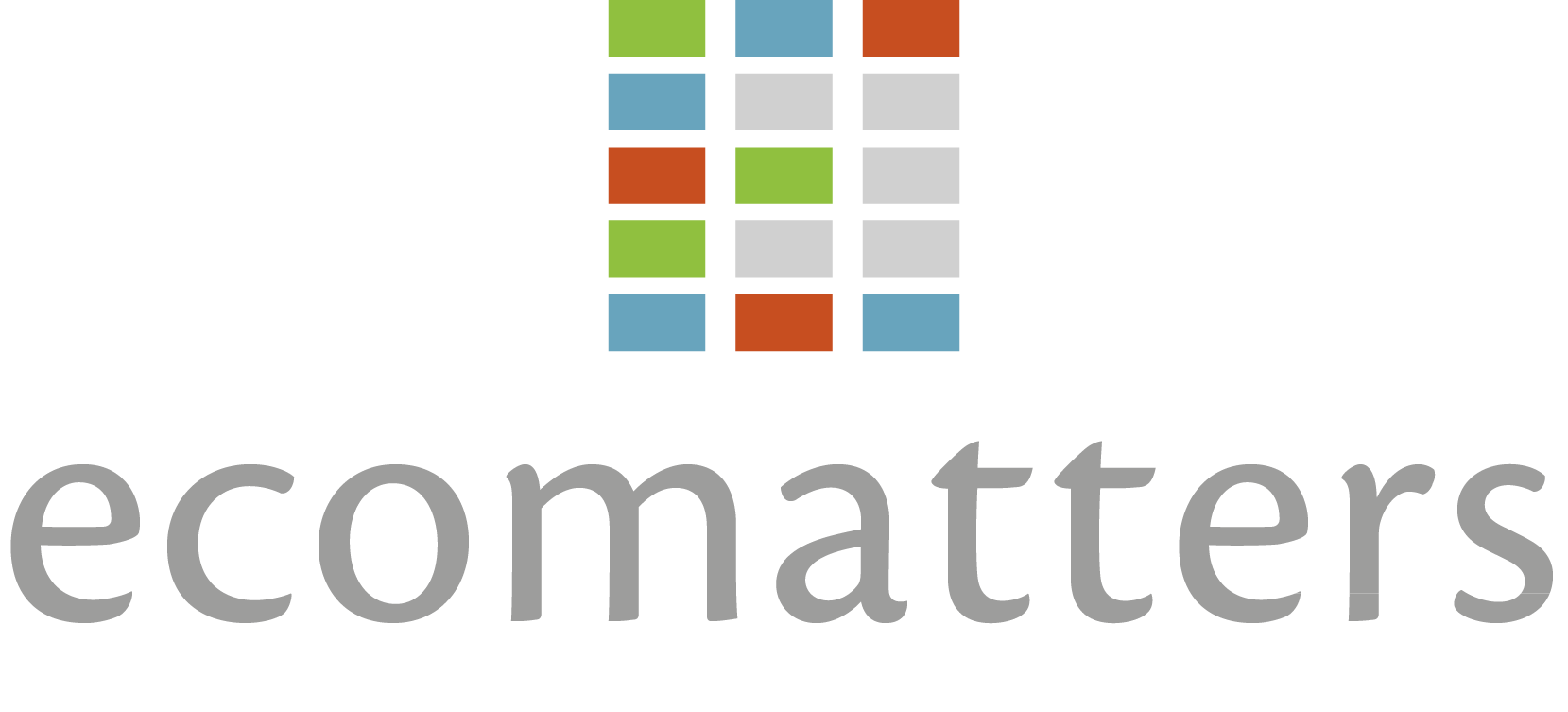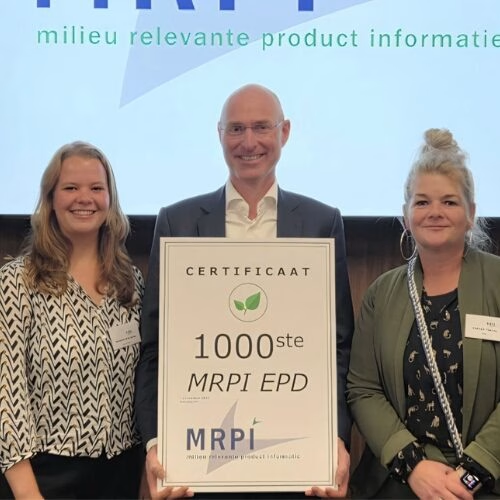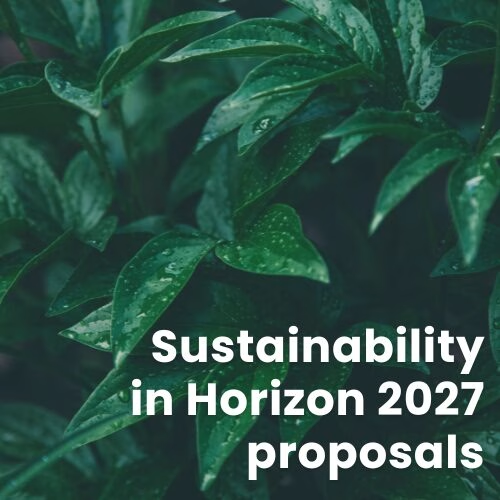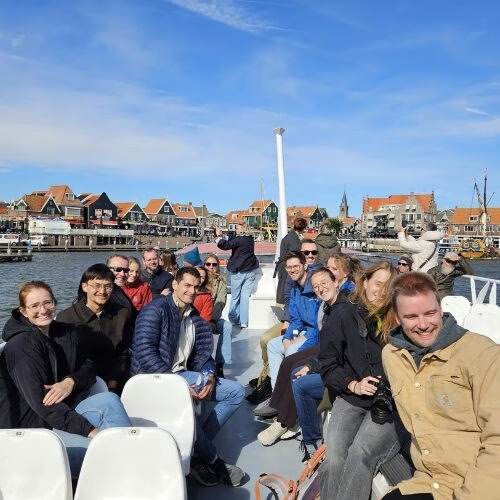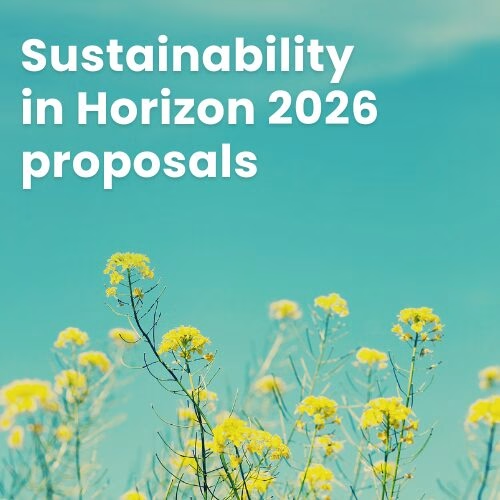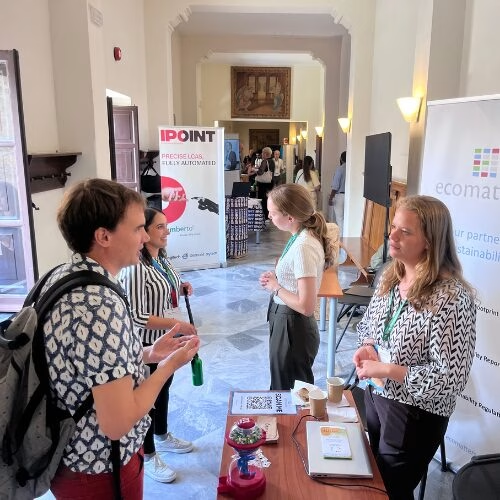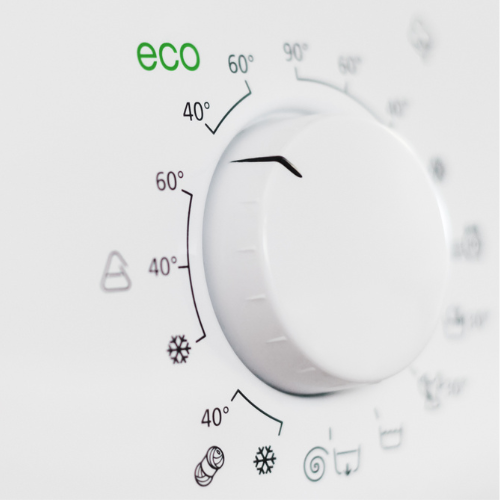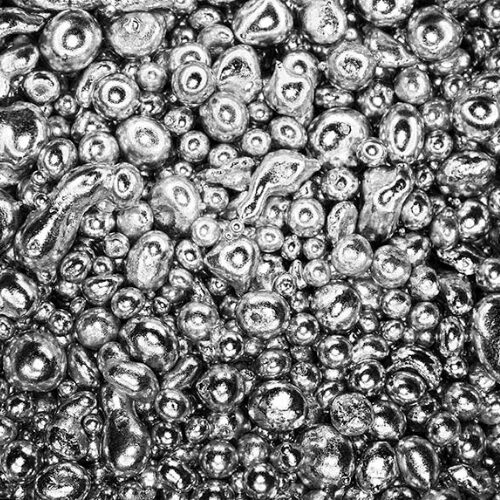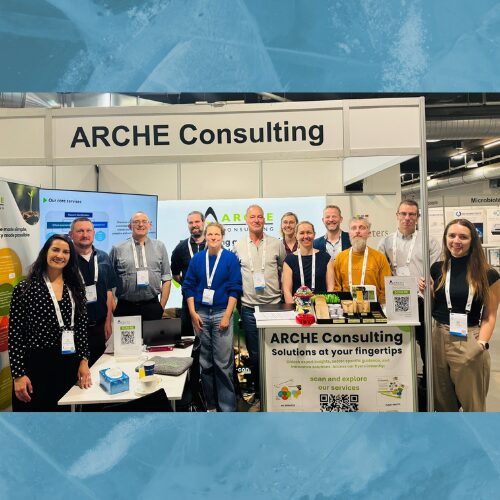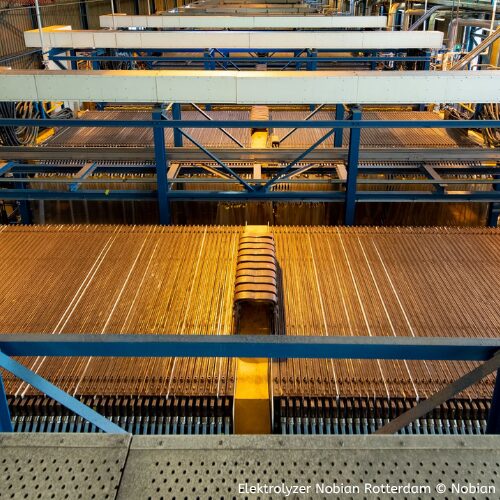That REACH stands for Registration, Evaluation, Authorisation (and restriction) of CHemicals is well known. With the 2018 registration deadline approaching, many chemical manufacturers and importers in Europe step up their efforts to submit their substance registration dossiers in time. Further down the supply chain, however, many professional users, formulators and re-fillers are not yet fully aware of their REACH responsibilities. How about you? Are you sure your organisation is operating in compliance with REACH?
Ecomatters supports companies with REACH registration duties as well as downstream users (DUs). The most common categories of DUs are:
- Formulators, who produce mixtures that are usually supplied further downstream (e.g. paints, adhesives and detergents).
- Professional/industrial end-users, who use substances or mixtures but do not supply them further downstream (e.g. professional painters, mechanics, and cleaners and industrial companies using solvents and chemical reagents).
- Producers of articles, who incorporate substances or mixtures into or onto materials to form an article (e.g. textile, industrial equipment, electronic appliances and vehicles).
- Re-fillers, who transfer substances or mixtures from one container to another, generally in the course of repackaging or rebranding.
NB: Distributors, re-branders, retailers and storage providers are not DUs, but still have obligations under REACH. Although consumers are end-users, they are not DUs under REACH and they have no regulatory obligations.
Are you sure you are a downstream user?
When asked, companies generally respond with: ‘Of course, we are downstream users, we purchase our chemicals from Supplier X.’ Nevertheless, further examination frequently reveals that Supplier X is a non-European company, and as such, does not have any REACH responsibilities.
In order to relieve each of the importers of their regulatory obligations, certain non-EU suppliers have nominated an “Only Representative” within the boundaries of the EEA (European Economic Area) to ensure REACH and CLP compliance. However, in cases where they have not, the self-assumed DU is in fact an “importer” under REACH, a role that comes with other, more complex regulatory obligations. Therefore, we advise you to double-check where your supplier is located and if the REACH and CLP obligations have been met for the chemicals you use in your daily activities.
Your responsibilities as a downstream user
As a DU, you must identify and apply the appropriate measures to control risks associated with the use of chemicals. In practice, this involves the following steps:
- You must check whether your (category of) use has been covered by the SDS. On some SDSs this use may be described in a very generic way (e.g. ‘For industrial use’). On others, especially on extended SDSs(e-SDSs), which are accompanied by one or more Exposure Scenarios (ESs), the user may be defined in much more detail (e.g. ‘Professional uses: Public domain, Product category 35 – Washing and cleaning products’). If your use matches the identified use on the SDS, you must check whether you implement the risk management measures (RMMs) as prescribed on the SDS (step 2). More information on ESs (in which case they must be provided and what you must do with them) can be found here.
- Where RMMs are prescribed on the SDS, you must implement these. Depending on the hazard profile and the identified use of the chemical, this may involve the ventilation of the workspace, monitoring of emission concentrations or the use of personal protection equipment (PPE) such as protective gloves, goggles or clothing. In the Netherlands, the Working Conditions Act (Arbowet) stipulates inclusion of these measures in a company’s obligatory Risk Assessment and Evaluation.
- If your use has not been covered by the SDS (for example if you are a professional painter, and the SDS of your solvent only covers industrial use in a closed batch process), you must:
- Contact your supplier and inform him of your use. The supplier has to assess this newly identified use within one month or before the next supply, whichever is later. Incidentally, in case your particular use of the chemical is considered a risk to human health or the environment, the supplier may decide to define yours as a “use advised against”. It this case, you will have to use an alternative product.
- Alternatively to informing your supplier of your use, you may find another supplier who provides the substance with safety documentation that covers your use, or you may prepare a Downstream User Chemical Safety Report (DU CSR). However, this requires some expertise.
Do you place substances or mixtures on the market?
If you place substances, mixtures or articles on the market, you must not only consider the activities within the boundaries of your own organisation, but also those of your customers. This means that you must identify your clients’ uses of the chemicals you supply further downstream, and check whether these uses have also been covered on your supplier’s SDS (step 1). If this is not the case (for example if you produce household detergents for the consumer market, and the SDS exclusively covers the use of the substance in a professional setting), you must inform your supplier, or perform a Chemical Safety Assessment for this use yourself (step 3). Finally, you must provide appropriate information to your customers to enable safe use by means of a product SDS.
Do you need assistance?
DU REACH compliance is not always straightforward. For example, what to do when your supplier’s SDS is of poor quality? Ecomatters knows exactly what issues downstream users face, and DU REACH support. Our services range from RMM implementation assistance to compiling product SDSs. Could you use some help in identifying your specific obligations under REACH? Or want to know what questions you should just ask your supplier? Feel free to contact us.
